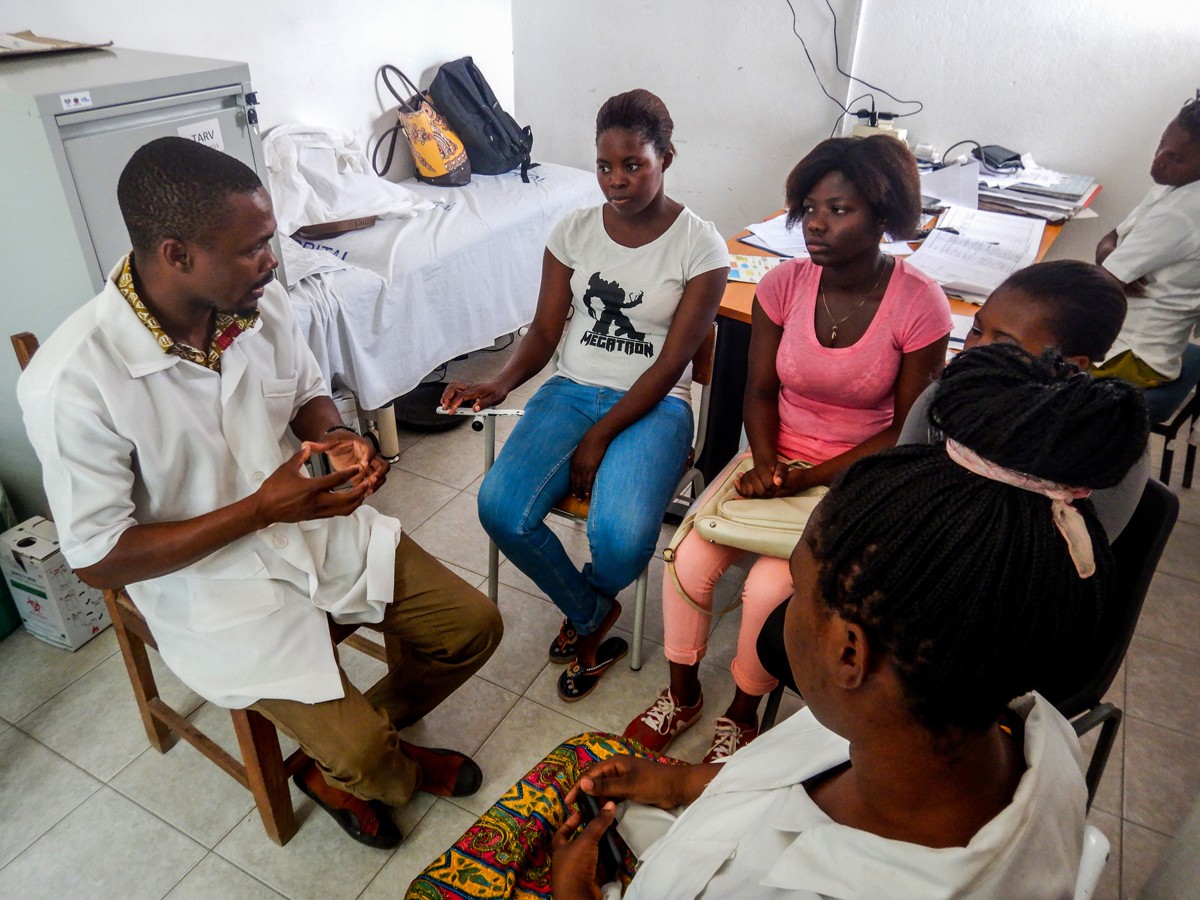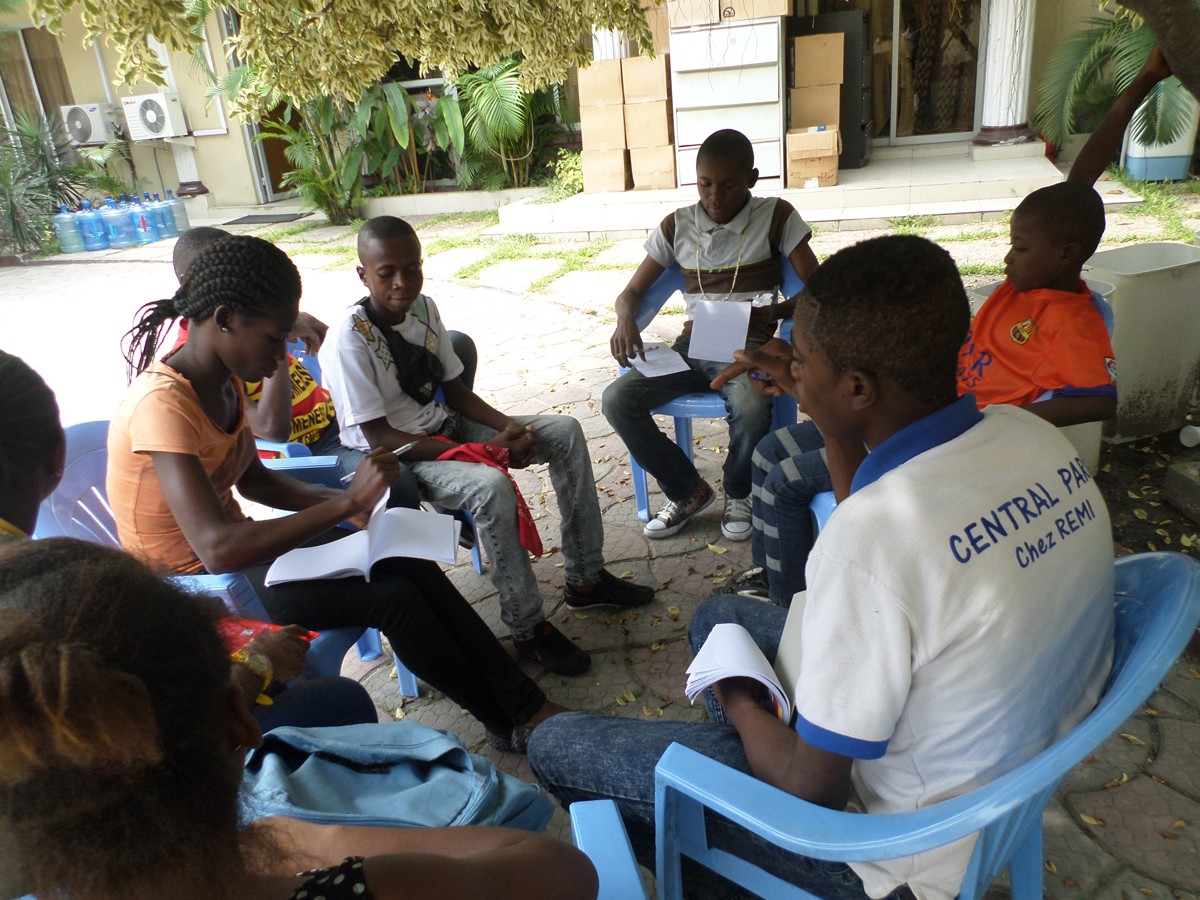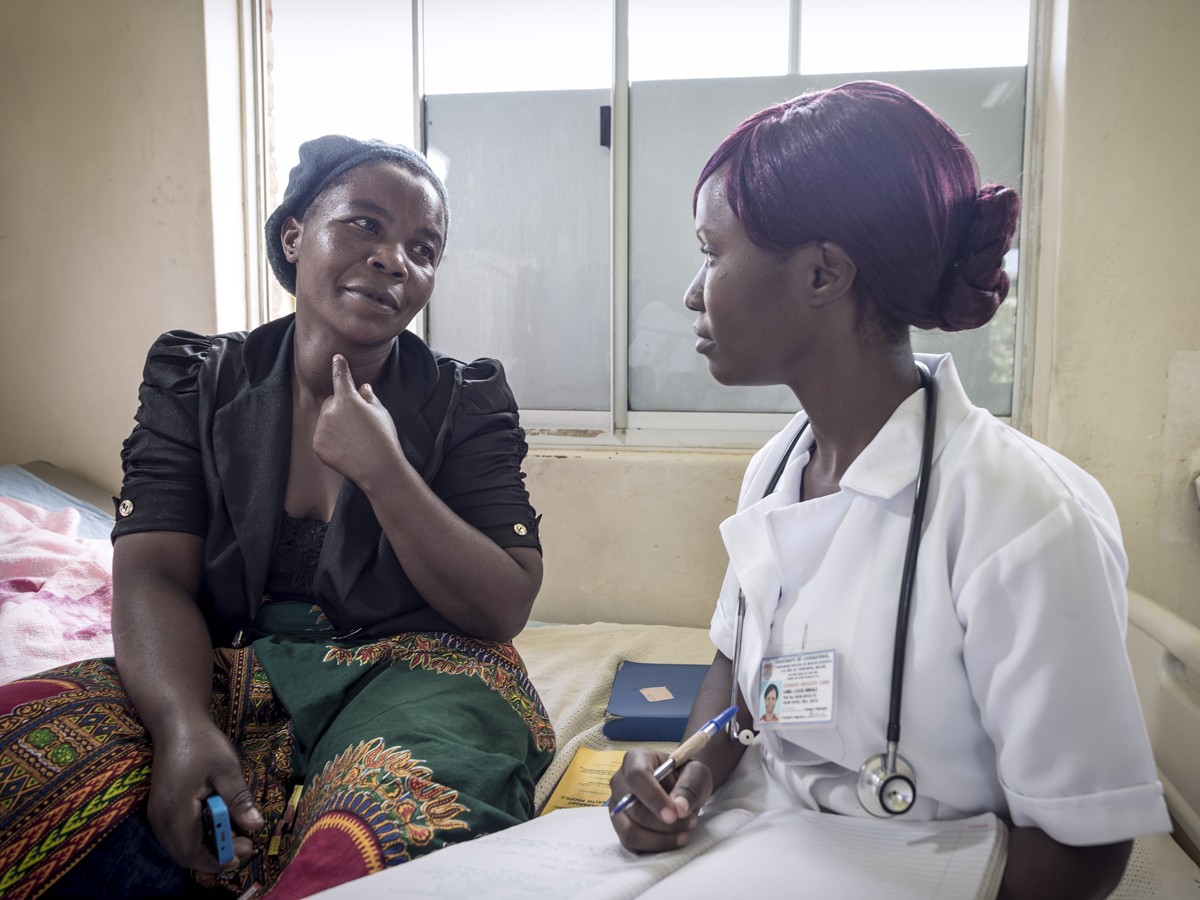Authors:
Abstract:
Objective: To investigate the role of early antiretroviral therapy (ART) on growth trajectories of infants with HIV (IHIV) in the first year of life.
Study design: As part of a clinical trial of early ART in Johannesburg, South Africa (2015-2018), 116 IHIV diagnosed within 48 hours of birth were started on ART as soon as possible, and 80 uninfected infants born to mothers living with HIV (IHEU) were enrolled. Both groups were followed prospectively from birth through 48 weeks and growth parameters collected. The groups were compared, and risk factors for poor growth investigated, in the full cohort and among IHIV separately.
Results: IHIV had lower mean weight-for-age Z-scores (WAZ) than IHEU at 4 and 8 weeks (-1.17 [SE:0.14] vs -0.72 [0.14], p=0.035 and -1.23 [0.15] vs -0.67 [0.14], p=0.012). Although there was some closing of the gap over time, means remained lower in IHIV through 48 weeks. In length-for-age Z-scores (LAZ), differences widened over time and IHIV had lower Z-scores by 48 weeks (-1.41 [0.15] vs -0.80 [0.18], p=0.011). Deficits in WAZ and LAZ in IHIV vs IHEU were most marked among girls. IHIV with pre-ART viral load (VL) ≥1000 copies/ml had significantly lower weight-for-length and mid-upper arm circumference Z-scores across all time points through 48 weeks.
Conclusions: IHIV receiving early ART had deficits in WAZ over the first 8 weeks of life and lower LAZ at 48 weeks than IHEU. Among IHIV, higher pre-ART VL was associated with worse anthropometric indicators through 48 weeks.







